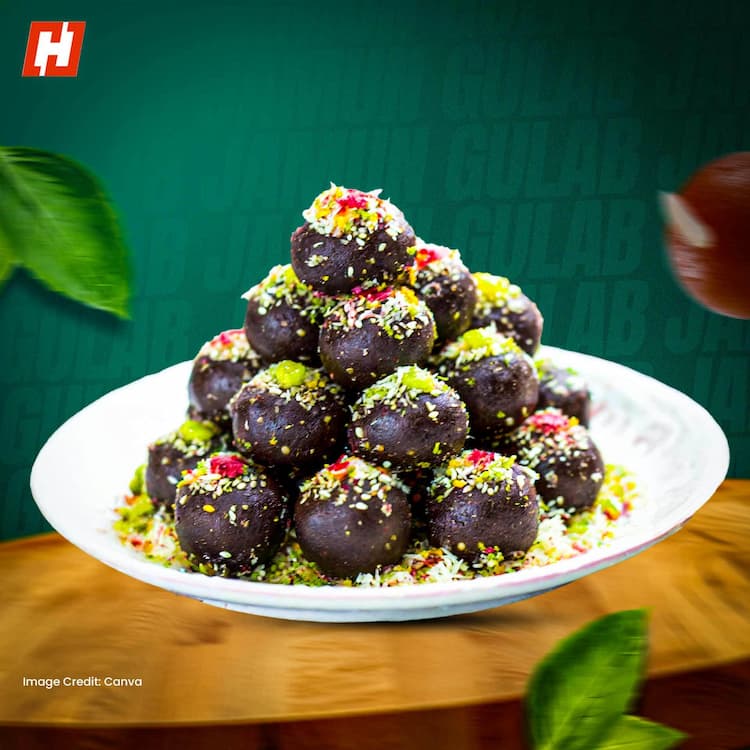Ghevar, Rajasthan’s iconic monsoon dessert, blends royal tradition, festive joy, and culinary science. With its honeycomb texture and syrupy richness, it remains a timeless symbol of celebration, nostalgia, and modern indulgence.
Ghevar isn’t just a dessert—it’s an emotion served with syrup. With its distinct round shape, crisp honeycomb texture, and syrup-soaked goodness, this Rajasthani sweet is a seasonal star that shines brightest during the monsoons. Crafted for festivals like Teej and Raksha Bandhan, Ghevar carries with it a legacy of royal kitchens, festive warmth, and a generous dose of nostalgia.
The royal roots of ghevar
Ghevar’s origin can be traced back to the royal Rajput households of Rajasthan, where it was first created as a luxurious monsoon treat. Traditionally gifted to daughters and sisters during Teej and Rakhi, Ghevar became a symbol of familial love and seasonal joy. It was never just about eating a dessert—it was about celebrating tradition, pampering loved ones, and invoking the richness of Indian culture in every bite.
A monsoon-only marvel
What makes Ghevar truly unique is that it’s best made during the monsoon season. While that might sound poetic, there's science behind it. The high humidity during this time helps in forming the dessert’s iconic honeycomb lattice. As the batter hits hot ghee, steam and air pockets create that signature crispy-yet-airy structure. The contrast of its crunchy outer rim with a soft syrup-soaked core is what makes every bite of Ghevar an unforgettable experience.
The science behind the sweet
Ghevar is as much a culinary experiment as it is a dessert. It begins with a simple batter made from refined flour, ghee, and chilled water. But the magic happens when this batter is poured in a thin stream into piping hot ghee. The hot oil instantly reacts with the cold batter, creating frothy bubbles that form the iconic net-like structure. Precision, timing, and temperature are everything here, one misstep, and the honeycomb won't form.
Traditional meets trendy: Ghevar’s modern makeover
While classic plain and malai Ghevar remain fan favorites, today’s chefs and home bakers aren’t afraid to remix tradition. From chocolate-drizzled Ghevar to versions topped with rose petals, saffron strands, or even pistachio cream, the dessert is now seeing a new wave of innovation. Yet, no matter how creative the twist, the essence of Ghevar, its texture, its festive soul, and its syrupy indulgence remains sacred.
Why ghevar still matters
In an era of global desserts and Insta-famous bakes, Ghevar holds its own as a timeless Indian treat. It's not just about taste—it's about memories, rituals, and the joy of eating something made with patience and love. Whether you bite into it at a local sweet shop or get a gourmet version delivered, Ghevar instantly transports you to a place of celebration.
Ghevar is more than a sweet dish, it’s Rajasthan’s love letter to the monsoon, plated and ready to share. Its blend of tradition, texture, and taste makes it a dessert worth waiting for all year. So when the rains hit and the festive songs play, grab a Ghevar. Because some legacies are best enjoyed with a spoonful of syrup.






